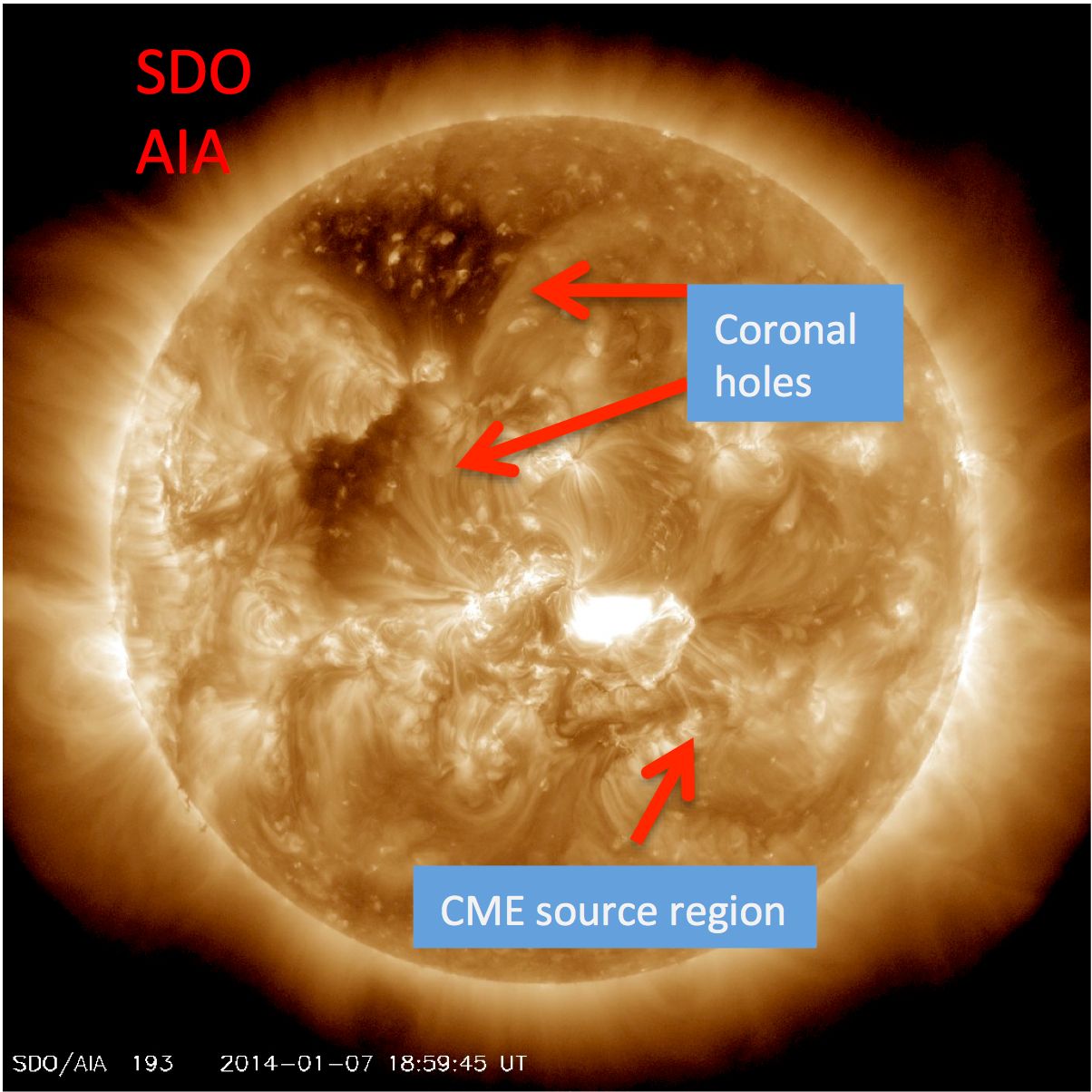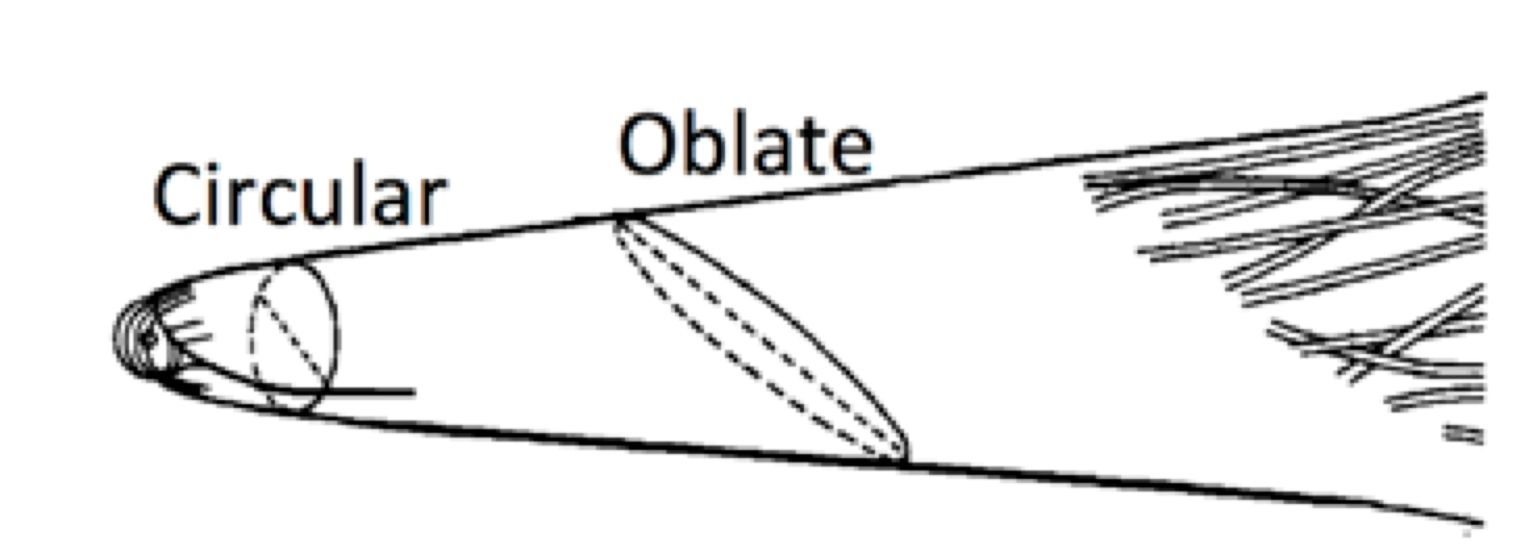SWL Research
SWL Research
The Space Weather Laboratory performs research and analysis of the physical processes underlying space weather. It conducts space-based, ground-based, theoretical, and modeling studies of the chain of events that triggers space-weather effects of interest to NASA, other U.S. government agencies, and the general public. Laboratory staff lead the development of space environment projects and missions, and provide project scientists for NASA flight missions with space weather applications. The Laboratory communicates NASA research results to the scientific community, various space weather interests, and the general public.
Strategic Priorities
- Understanding the physics of space weather (SW) activity, from initiation of solar eruptions to geomagnetically induced currents on Earth
- Using our insights to improve SW models and develop new ones
- Validating and prototyping SW models for research-to-operations transitions
- Conveying critical SW information to users with innovative, effective products
- Enabling community SW research through access to models, tools, and data streams
Development Areas and Core Activities
- State-of-the-art theory/modeling of the solar atmosphere and wind, including eruptions on all scales
- In-depth analysis and interpretation of solar, heliospheric, and geospace data
- Instruments flown on sounding rockets, to measure fields and particles in geospace
- Miniaturized geospace instruments to be flown on Cubesats and other small satellites
- Spaceborne lidar for observing the mesospheric sodium layer (wind diagnostics)
- Electric-field boom design and construction
- Novel methods for remote sensing and in-situ sampling of the magnetosphere and ITM
- Space weather impacts on the power grid (GICs) and on locations throughout the Heliosphere, including extreme (Carrington-type) SW events
- Basic physics of magnetic reconnection
Current Flight Missions
- ARTEMIS
- C/NOFS
- Firefly
- Geotail
- THEMIS
- TIMED
- Van Allen Probes
Flight Missions in Development
- GOLD
- ICON
Highlights
Extreme Solar Wind Deflects CMEs

|
Detailed analysis by the CCMC/SWRC team identified possible causes for the gap between predicted vs. actual outcome.
The solar wind coming from the nearby coronal holes was extremely fast – 950 km/s at Earth (very rare!) and deflected the CME away from the Earth. However, the solar wind speed assumed at the lower boundary of the CME transport model (WSA-ENLIL) was too low – 750 km/s (maximum allowed value). Therefore the model CME propagated to Earth much too slowly. Previously the same coronal hole did not produce such high speed wind, so the strong deflection was a surprise. We know that CMEs can be deflected by a coronal hole, so a CME that seems to be Earth-directed can be deflected from the Earth-Sun line. The simulations did not predict that the deflection would be so large that the CME only hit a glancing blow to the Earth.
What is the Shape of Earth’s Distant Magnetotail?
Theory predicts that the interplanetary magnetic field (IMF) flattens the circular near-Earth magnetotail cross-section into an oblate cross-section far from the Earth.

|
The 674 team is now ready to test these model predictions with recent ARTEMIS observations at lunar distances.
